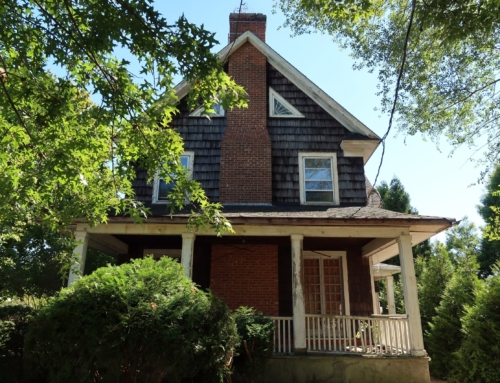
Q: I love your articles. My question has to do with the big banks.
How is it that there are $500 billion in pay-option adjustable rate mortgages (ARMs) that are still out in the market and resetting between now and December 2013 and the banks are now writing down the losses on these loans? Do they claim them as assets?
I know a lot of municipalities are looking for new revenue so bank-owned properties are getting stiff fines due to lack of upkeep. So, why don’t they show as liabilities? Is it funny math?
Of the banks that are still left in the country, how much of their market capital is tied up in property or real estate that is going to be in short sales or foreclosures?
I know that in 2008, there were 2.3 million foreclosure notices sent, and 3 million sent last year, and 4 million foreclosure notices expected to be sent in 2010. With true unemployment at 17 percent nationally (including those who were fired, and have quit looking for work), it seems as though foreclosures will increase.
Can we expect a double-dip recession? And if the government tries to bail out the economy by throwing more money at the problem won’t that increase the fear of a runaway inflation scenario?
A: Thanks for your very intelligent question.
The option arms that will reset over the next few years were done in 2006 and 2007 before the government cracked down. So, if they were 5-year ARMs or 7-year ARMs, they will come due between 2012 and 2014. So, you’re right – we’re not through with them yet.
Its unclear how lenders are (or are not) accounting for these loans at the moment. If these loans haven’t yet failed, then they’re performing assets. But the number of loans going delinquent is rising, and there is some concern that as long as the unemployment level stays high, and employees have to contend with ongoing or increasing pay cuts, that more homeowners will stop paying their mortgage.
A huge problem right now is that many of the biggest banks are holding significant portfolios of second mortgages. Where homeowners are underwater with their mortgages (their homes are worth less than the mortgage amount) or perhaps the value of the property equals the first mortgage, the second mortgages are, in a sense, entirely worthless.
For the most part, banks have not written down the value of these worthless second mortgages, which could amount to hundreds of billions of dollars. While those homeowners have no equity in their homes and would not be able to pay off the mortgages with the proceeds of the sale of their property, they may still be current on those loans. That’s why those lenders still show those loans as performing loans that are not in default.
In a recent interview with Fortune magazine, former Merrill Lynch chief economist David Rosenberg said that he believes there is a two year supply of homes that are either for sale or vacant. Now the chief economist with Gluskin Sheff, a wealth management firm in Canada, he believes simple supply and demand will keep the housing market from rebounding any time soon.
I agree. I don’t believe we’ve seen the last of the housing crisis. Part of the solution is to get people back to work. We also have to process millions of foreclosures over the next few years, from homeowners who legitimately cannot afford their homes.
Will we wind up in a double-dip recession? Perhaps. It depends on what happens in Washington and whether consumers are able to get back on their feet.
I can’t really tell you how banks account for their assets. But watch how banks handle the many real estate loans (commercial and residential) that will go bad in the coming years. The best I can tell you is that I’ll continue to watch, listen, learn and share.






Leave A Comment